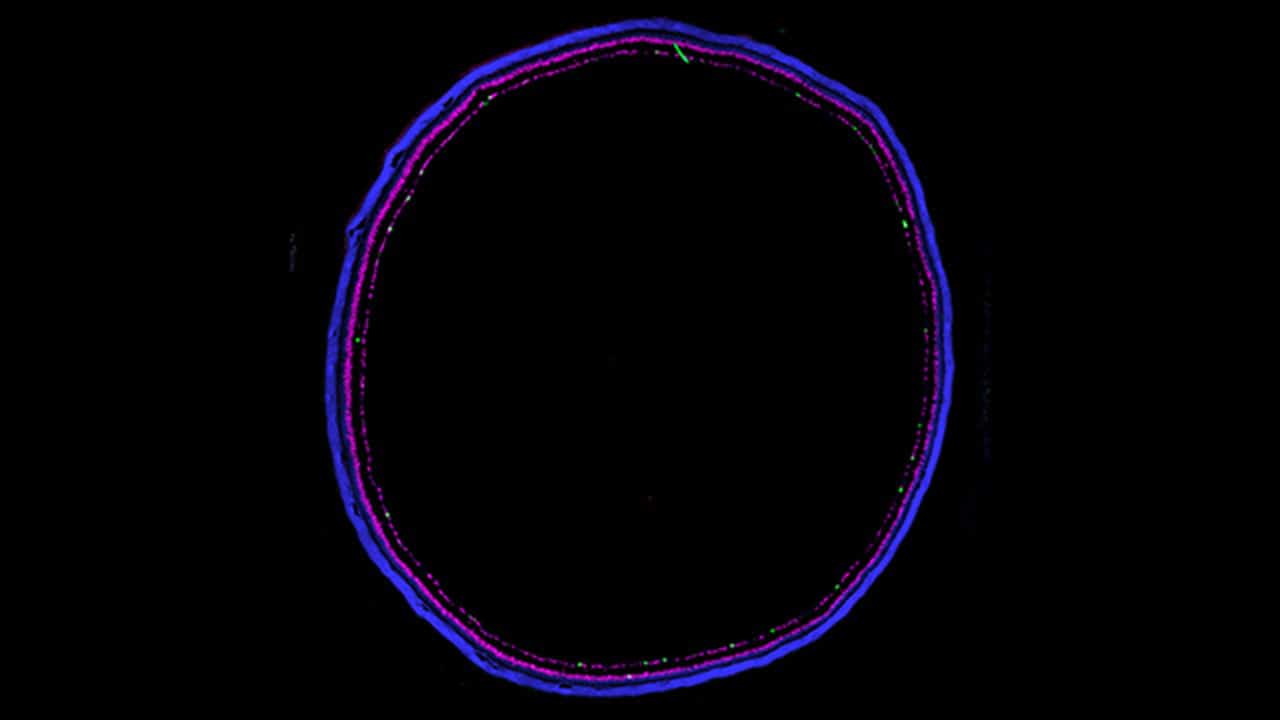Eyes communicate with the brain by following one type of signaling pathway. But, according to a new study, some retinal neurons take a road less traveled by sending inhibitory signals to the brain.
Scientists have discovered that this subset of retinal neurons is associated with subconscious behaviors, for example, synchronization of circadian rhythms to light/dark cycles and pupil constriction to intense bright lights. By better seeing how these neurons work, analysts can investigate new pathways by which light impacts our behavior.
Northwestern’s Tiffany Schmidt, who led the research, said, “These inhibitory signals prevent our circadian clock from resetting to dim light and prevent pupil constriction in low light, both of which are adaptive for proper vision and daily function. We think that our results provide a mechanism for understanding why our eye is so exquisitely sensitive to light, but our subconscious behaviors are comparatively insensitive to light.”
To conduct this study, scientists hindered the retinal neurons responsible for inhibitory signaling in a mouse model. Blocking this signal allowed dim light to be more effective at shifting the mice’s circadian rhythms.
Schmidt said, “This suggests that there is a signal from the eye that actively inhibits circadian rhythms realignment when environmental light changes, which was unexpected. This makes some sense, however, because you do not want to adjust your body’s entire clock for minor perturbations in the environmental light/dark cycle, you only want this massive adjustment to take place if the change in lighting is robust.”
Scientists also found that mice’s pupils become more sensitive to light after blocking the inhibitory signals from the eye.
Takuma Sonoda, a former Ph.D. student in the Northwestern University Interdepartmental Neuroscience program, said, “Our working hypothesis is that this mechanism keeps pupils from constricting in very low light. This increases the amount of light hitting your retina, and makes it easier to see in low light conditions. This mechanism explains, in the least part, why your pupils avoid constricting until bright light intensifies.”
Journal Reference:
- Jennifer Ding, Dampening light sensitivity. DOI: 10.1126/science.abb7529
